Encountering a wild fox is a moment that often leaves a lasting impression. These elusive creatures, with their vibrant orange coats and inquisitive eyes, seem to appear and disappear like ghosts in the forest. When a fox crosses your path, the encounter feels significant – almost as if the universe is sending you a message. Throughout history and across cultures, foxes have been imbued with symbolic meaning and spiritual significance. From omens of good fortune to warnings of trickery ahead, the interpretation of a fox sighting varies widely depending on cultural context, circumstances, and personal beliefs. This article explores the rich tapestry of meanings behind a fox crossing your path, examining both cultural interpretations and the scientific reality of these fascinating animals.
The Fox in Wildlife: Understanding the Encounter

Before delving into symbolism, it’s important to understand the reality of fox encounters. Red foxes (Vulpes vulpes) are among the most widely distributed carnivoran species, found across the Northern Hemisphere and introduced to Australia. These adaptable animals have successfully colonized urban environments, making fox sightings increasingly common even in suburban and city settings. Foxes are primarily crepuscular, meaning they’re most active at dawn and dusk, though urban foxes often adjust their schedules to human activity patterns.
When a fox crosses your path, it’s usually simply going about its daily business – hunting, scavenging, or traveling between resting sites. These intelligent animals are naturally curious but cautious around humans. A fox that allows itself to be seen may be a young, inexperienced animal, or it might be habituated to human presence. Rather than a supernatural event, a fox sighting often represents the natural overlap between human and wildlife territories in our increasingly shared landscapes.
Fox Symbolism in Western Cultures
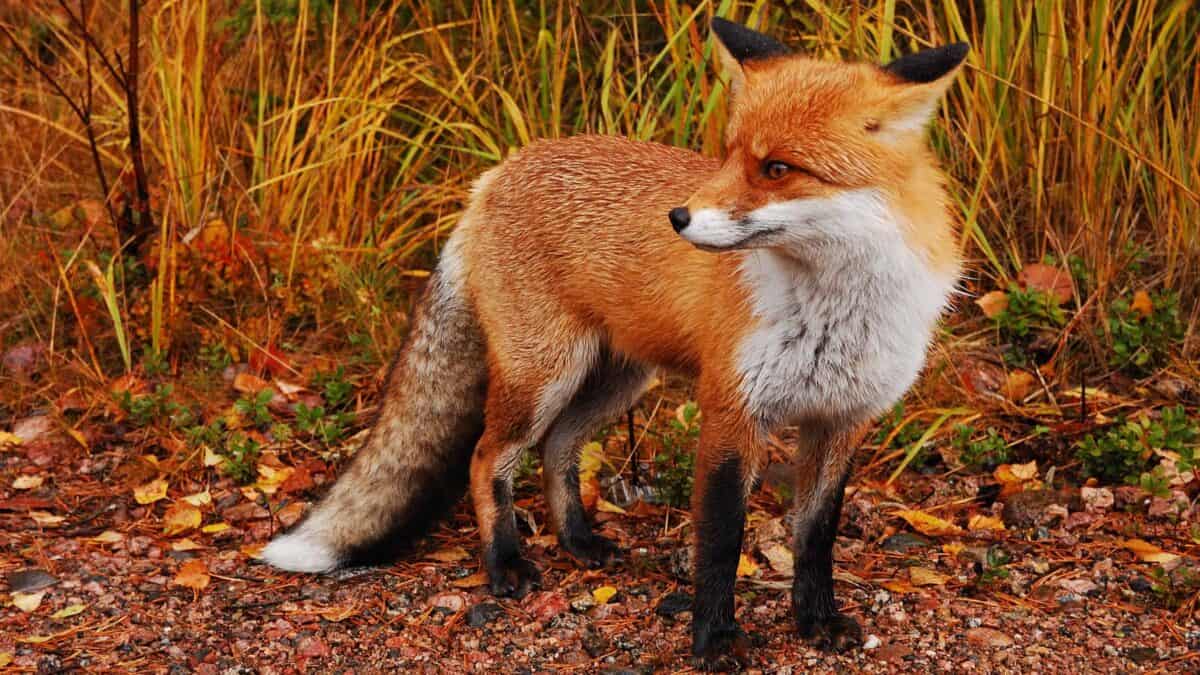
In Western traditions, foxes have long been portrayed as clever tricksters. Aesop’s fables feature the fox as a cunning and sometimes deceitful character, epitomized in tales like “The Fox and the Crow” where the fox uses flattery to trick the crow out of its cheese. This characterization has influenced Western interpretations of fox encounters, where a fox crossing your path might be seen as a warning to be vigilant against deception or as a reminder to employ your own intelligence and adaptability.
In medieval European folklore, foxes were sometimes associated with the devil or considered bad omens. Seeing a fox might have been interpreted as a warning of misfortune or as evidence of witchcraft. However, Celtic traditions took a more positive view, regarding foxes as wise guides with supernatural abilities. In this context, a fox crossing your path might be interpreted as the appearance of a spirit guide offering wisdom or directing you toward an important realization.
Eastern Cultural Interpretations

In Japanese folklore, foxes (kitsune) hold a position of particular importance. They are believed to be intelligent beings possessing magical abilities that increase with their age and wisdom. Kitsune can shapeshift into human form, often appearing as beautiful women. They serve as messengers of Inari, the Shinto deity of rice, prosperity, and success. In this tradition, a fox crossing your path might be considered a blessing and a sign of upcoming good fortune, particularly in business or agricultural endeavors.
Chinese fox lore similarly attributes supernatural qualities to foxes, especially the huli jing or “fox spirits.” These beings were believed to cultivate internal energy through spiritual practice, eventually achieving immortality. However, they were often portrayed with more ambivalent moral character than their Japanese counterparts, capable of both benevolence and mischief. A fox sighting in Chinese tradition might be interpreted as an encounter with a powerful supernatural entity, requiring both respect and caution.
Native American Fox Symbolism
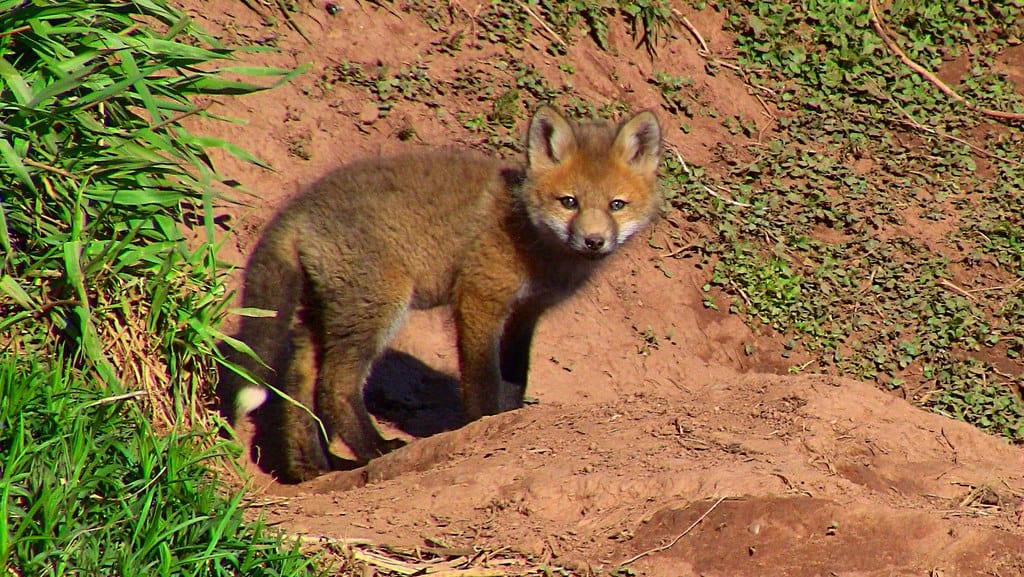
Among many Native American tribes, the fox holds significant spiritual meaning, though interpretations vary across different cultural groups. For the Cree and other northern tribes, the fox is often seen as a trickster figure, though generally less prominent than Coyote or Raven. The fox’s ability to survive harsh winters and its hunting prowess made it a symbol of adaptability and resourcefulness. In some traditions, Fox is credited with bringing fire to humans, making it a cultural hero.
To the Cherokee, foxes were associated with medicinal knowledge and healing abilities. The Cherokee believed the red fox could warn of illness if seen running toward someone, while the gray fox was considered protective. In these traditions, a fox crossing your path might be interpreted as a reminder to pay attention to your health or as an encouragement to draw upon your own adaptive capabilities in challenging situations.
Spiritual Significance in Modern Interpretations
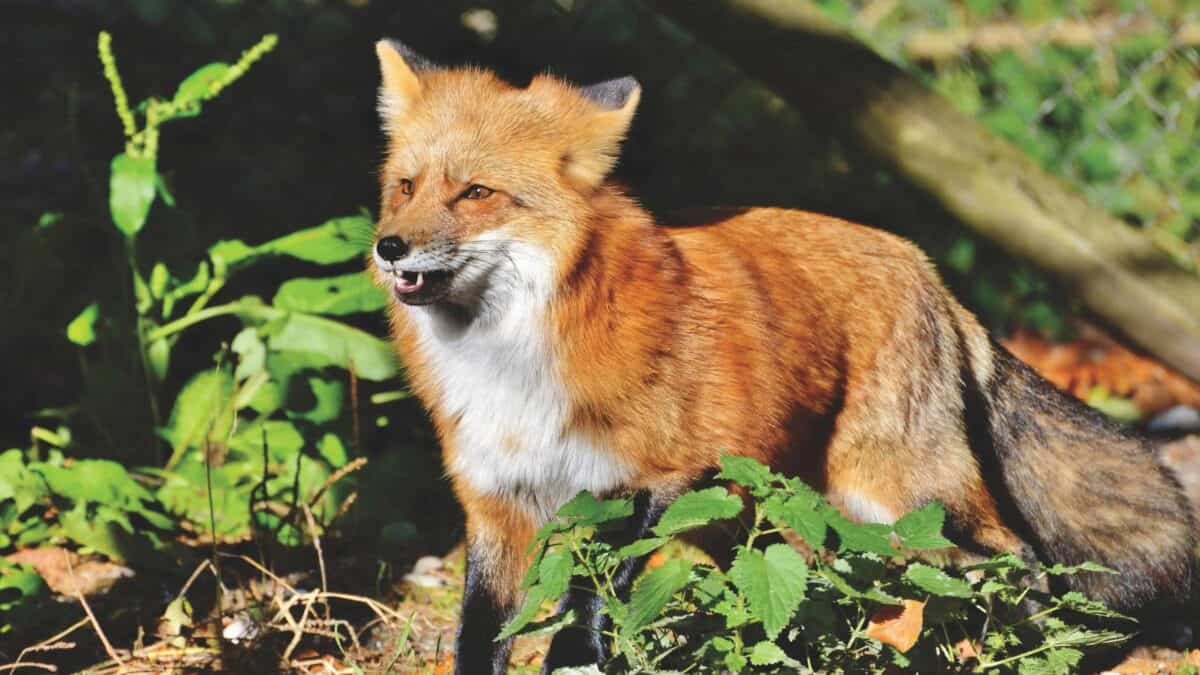
In contemporary spiritual practices, fox encounters are often interpreted as meaningful synchronicities rather than random events. Many modern spiritual practitioners view animals as messengers carrying guidance tailored to the observer’s current life circumstances. From this perspective, a fox crossing your path might be seen as an invitation to embrace your own cunning intelligence, to remain adaptable in changing circumstances, or to maintain awareness of your surroundings.
Some modern interpretations associate foxes with liminal spaces – the threshold between different states of being. As creatures of dawn and dusk, foxes physically inhabit these in-between times. Symbolically, they may represent periods of transition in one’s life. A fox sighting might therefore be interpreted as acknowledgment that you’re in a transitional phase and encouragement to navigate this period with the fox’s characteristic combination of caution and boldness.
The Direction of the Fox’s Path
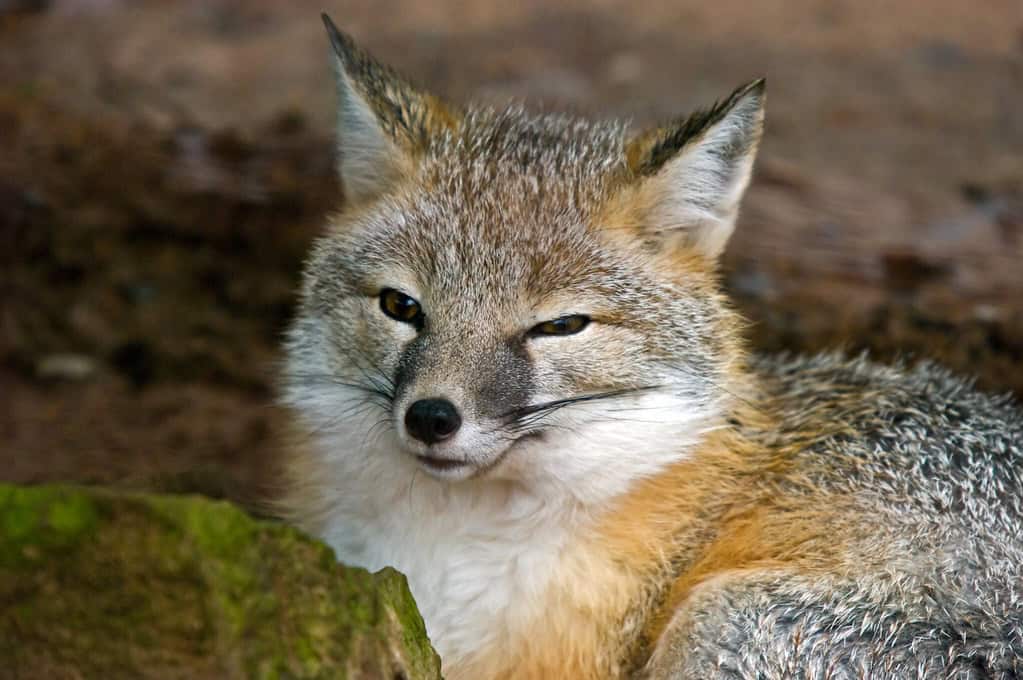
In some traditions, the direction a fox takes when crossing your path carries significant meaning. A fox crossing from left to right is sometimes interpreted as a sign of good luck or opportunity approaching, while a fox moving from right to left might be seen as a warning of challenges ahead. This directional symbolism isn’t universal, however, and interpretations vary widely across different cultural and personal belief systems.
The fox’s behavior during the encounter may also influence its interpretation. A fox that stops and makes eye contact might be seen as delivering a more direct message than one that quickly scurries away. A playful fox might symbolize an invitation to embrace joy and spontaneity, while a hunting fox could represent the need to focus on goals with determination. These nuanced interpretations demonstrate how personal the meaning of a fox encounter can be, often reflecting the observer’s own intuitive response to the animal’s presence.
Scientific Perspective on Fox Encounters

From a scientific standpoint, fox encounters have increased in many regions due to habitat loss and urban expansion. Foxes have proven remarkably adaptable to human-dominated landscapes, with urban fox populations thriving in cities worldwide. Studies show that urban foxes often become habituated to human presence, leading to more frequent sightings. Rather than a mystical event, seeing a fox may simply reflect successful wildlife adaptation to shared environments.
Wildlife biologists note that foxes are highly intelligent animals with complex social structures and communication systems. Their apparent boldness or curiosity around humans may reflect their cognitive flexibility rather than supernatural intent. While a scientific perspective doesn’t support magical interpretations of fox encounters, it does highlight the remarkable nature of these animals and the significance of wild animal sightings in increasingly developed landscapes where such connections with nature become rarer and more precious.
Fox Encounters as Psychological Mirrors

From a psychological perspective, our interpretations of fox encounters may reveal more about our inner states than about external omens. Carl Jung’s concept of synchronicity suggests that meaningful coincidences might reflect unconscious processes rather than supernatural intervention. In this framework, your emotional response to seeing a fox—whether excitement, fear, wonder, or something else—may indicate which aspects of fox symbolism resonate with your current psychological needs or concerns.
This perspective doesn’t diminish the meaning of such encounters but rather personalizes it. A fox sighting that leaves you feeling alert and vigilant might suggest you’re sensing a need for greater awareness in your life. Alternatively, a fox encounter that inspires feelings of delight and fascination might represent your readiness to embrace more playfulness and adaptability. The meaning becomes a co-creation between the natural event and your psychological response to it.
Practical Considerations for Fox Encounters
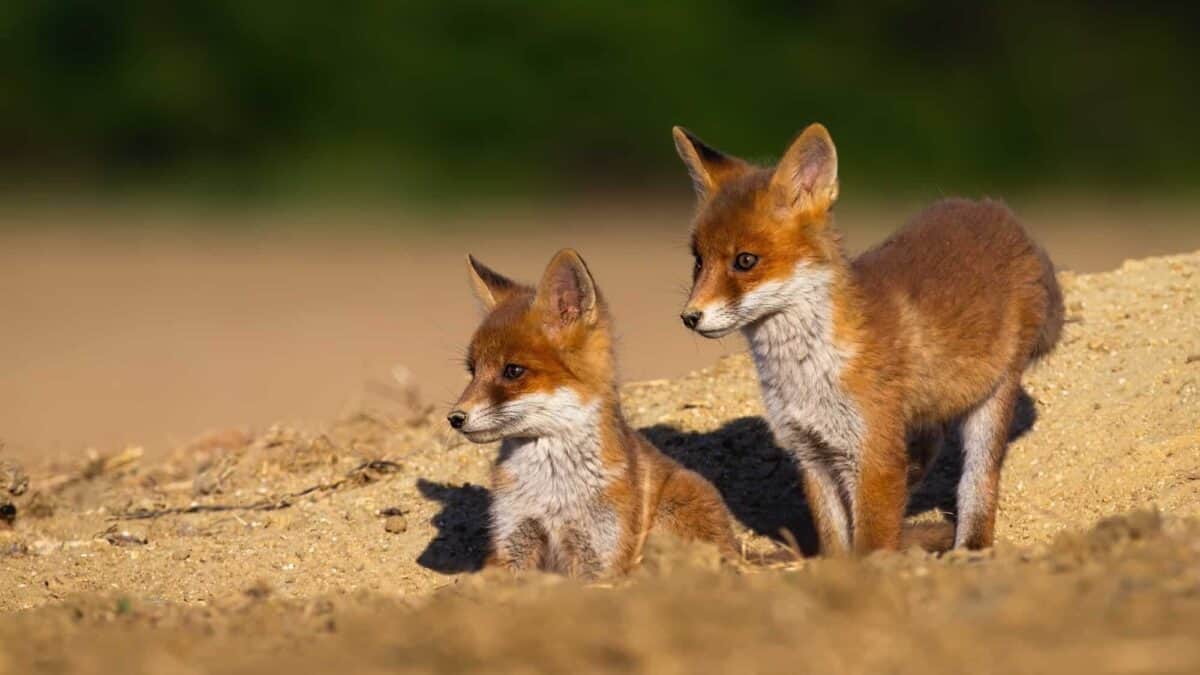
While interpreting the symbolic meaning of a fox crossing your path, it’s important to consider practical aspects of such encounters. Foxes are wild animals and should be respected as such. Maintain a safe distance and never attempt to feed or touch a wild fox. Unusual behavior, such as a fox that appears unafraid of humans or is active during unusual hours, might indicate illness, including potentially rabies in regions where this disease is present.
If you frequently encounter foxes in your area, consider yourself fortunate to share your environment with these fascinating creatures. You might enhance these experiences by learning about fox behavior and ecology, perhaps keeping a nature journal to document sightings and patterns. Understanding the natural history of foxes can deepen your appreciation of these encounters while maintaining appropriate boundaries that respect the wild nature of these animals.
Creating Personal Meaning from Fox Encounters

Rather than seeking a universal interpretation for a fox crossing your path, consider developing a personal relationship with fox symbolism based on your own experiences and cultural background. Reflect on what qualities of the fox resonate most strongly with you—perhaps its adaptability, intelligence, playfulness, or independence. These reflections can transform a brief wildlife encounter into a meaningful moment of connection and personal insight.
Some people find value in meditation or journaling after a significant animal encounter, exploring questions such as: What was happening in my life when this fox appeared? What qualities of the fox might I need to embody right now? What emotions did the encounter evoke, and what might those emotions be telling me? This reflective approach honors both the objective reality of the wildlife encounter and its subjective significance in your personal journey.
Fox Encounters in Dreams and Visions

Foxes appearing in dreams often carry symbolic significance distinct from waking encounters. In dream interpretation traditions, foxes may represent aspects of the dreamer’s personality or situation that require attention. A fox in dreams might symbolize cunning, stealth, adaptability, or feeling hunted. The context of the dream and the fox’s behavior within it provide clues to its personal meaning. Some believe that recurring fox dreams or visions may indicate a special connection with fox energy or medicine.
Vision quests and meditative practices in various spiritual traditions sometimes result in encounters with animal spirits, including foxes. These experiences are generally interpreted as more intentional and direct communications than chance encounters in daily life. In shamanic traditions, a fox appearing in a vision might be recognized as a power animal or spirit helper, offering its characteristic energies of intelligence, adaptability, and keen perception to the practitioner for healing or guidance purposes.
Conclusion: Embracing the Mystery of the Fox

When a fox crosses your path, the meaning you derive from the encounter ultimately rests in the intersection between cultural symbolism, personal significance, and natural wonder. These beautiful, adaptable creatures have inspired human imagination for millennia, earning their place in folklore and spiritual traditions worldwide. Whether you interpret the experience through a cultural, spiritual, psychological, or scientific lens, a fox sighting offers a moment of connection with the wild world that continues to exist alongside our human-dominated landscape.
Perhaps the most valuable approach is one that holds space for multiple interpretations simultaneously—acknowledging both the natural reality of the fox as a wild animal going about its life and the symbolic resonance such encounters hold in human experience. In this balanced perspective, a fox crossing your path becomes neither mere coincidence nor predetermined omen, but rather an invitation to pause, notice, and reflect on your own journey through a world still filled with wild magic and meaning.
- How Penguins Take Turns at Sea and Nest to Raise Chicks - August 9, 2025
- Dolphin Brains Compare to Those of Apes and Humans - August 9, 2025
- 14 Cutting-Edge Biotech Innovations That Will Shape the Future - August 9, 2025

